New Hampshire’s Londonderry Rail Trail
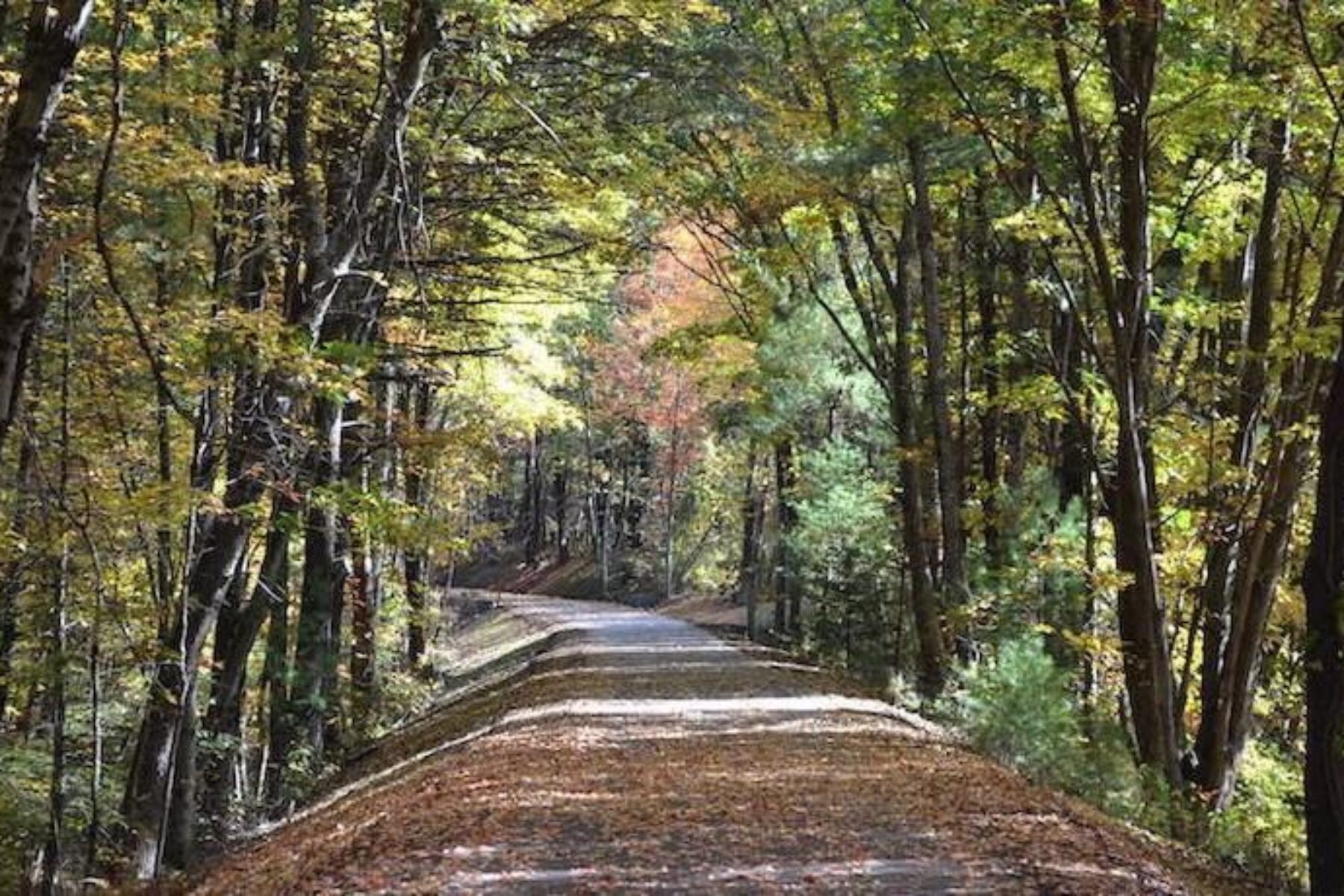
Trail of the Month: April 2020
“The trail itself is the heartbeat; it serves as a focal point to form a community around.”
— Melanie Davis, trailside business owner
In the midst of the coronoavirus pandemic, communities are embracing their trails more than ever as places to get outside, exercise and relieve stress—albeit at a safe 6-foot distance. About a 45-mile drive northwest of Boston’s virus hotspot, a rail-trail in the quaint southern New Hampshire town of Londonderry offers locals a slice of tranquility in an otherwise upside-down world with a 4.5-mile jaunt through verdant forests and wildlife-rich wetlands and along scenic ponds. Only a few months ago, an excited crowd gathered here to celebrate the opening of the Londonderry Rail Trail’s fifth phase.
“The latest section, which is a mile long, is the most beautiful part of Londonderry that most people have never seen,” said Bob Rimol, president of Londonderry Trailways, the volunteer group that manages the trail. “We completed it last fall, and when we went there in October, the color of the leaves and the water—it was just stunningly gorgeous.”
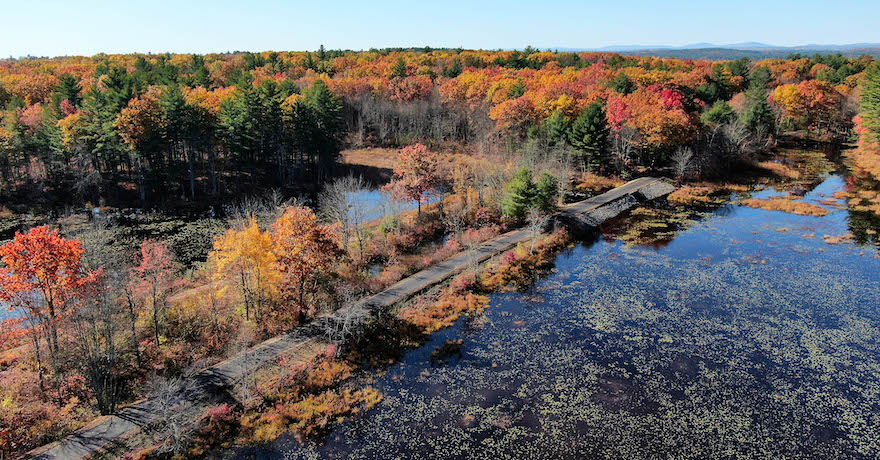
In addition to its scenic attributes, the trail abuts a bus station, an elementary school and new senior housing—which is being built with direct access to the trail—helping to ensure that everyone can use this beloved community asset.
Two more phases are planned for construction within the next few years, growing the trail’s mileage to 6 and connecting it to trails in Manchester in the north and Derry in the south. The town’s support for the trail was evident at the ballot box when 77% of Londonderry voters approved funds for the next section.
Trails Make Dollars and Sense
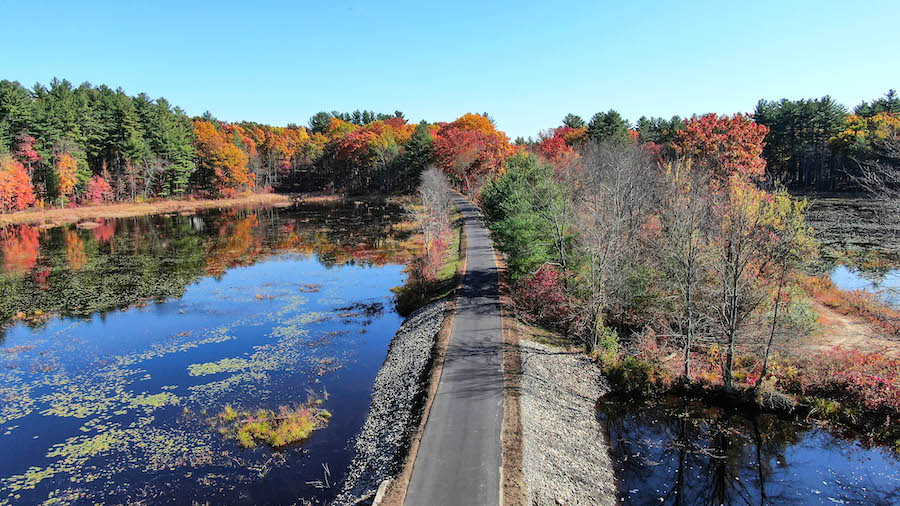
As the trail expands, it’s helping to strengthen the Granite State Rail Trail, which is knitting together rail-trails across the state from the Massachusetts border to Vermont. The statewide trail, spanning more than 120 miles, will be an important source of tourism money for local communities once the country’s economy rebounds.
“In our town, there’s a little pocket of space that isn’t complete,” said trailside business owner Melanie Davis about the gap in the trails between Londonderry and Derry. “But once that’s complete, it opens up the potential for visitors to bike from northern Massachusetts and stop through a whole bunch of towns along the way. Economically, it’s a gamechanger.”
The positive economic impact that trails can bring—both in their construction and then after the ribbon-cutting—is a benefit that especially resonates today.
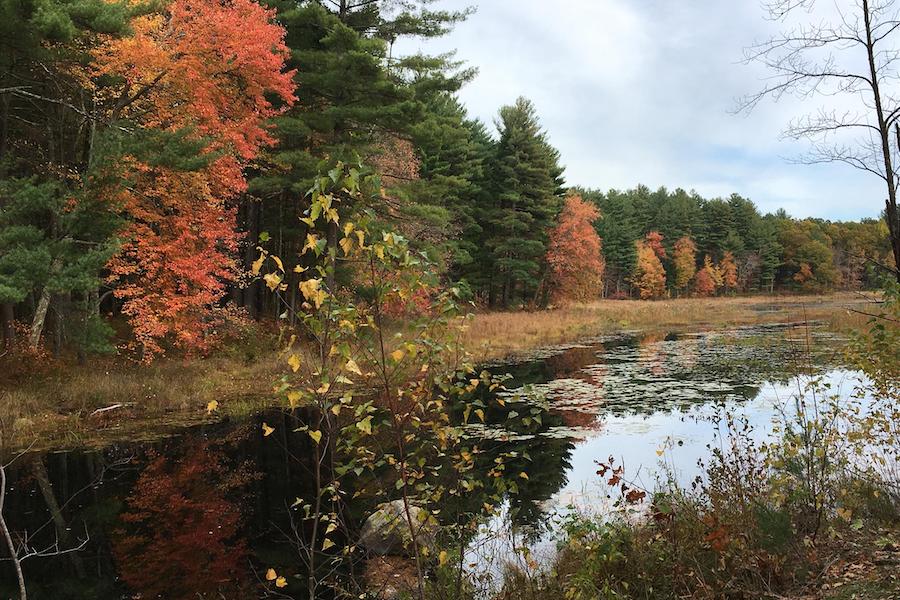
“Given what we’re experiencing as a nation right now, the urgency around the infrastructure conversation is very apparent,” said U.S. Congressman Chris Pappas, who represents New Hampshire’s 1st District, which encompasses Londonderry. “We have to make some investments in our economy— projects that can create jobs and create a backbone of economic success for our states and for our nation. Most of us feel that infrastructure is one way to do that as part of a broader conversation about economic stimulus.”
Growing Trails With Grassroots
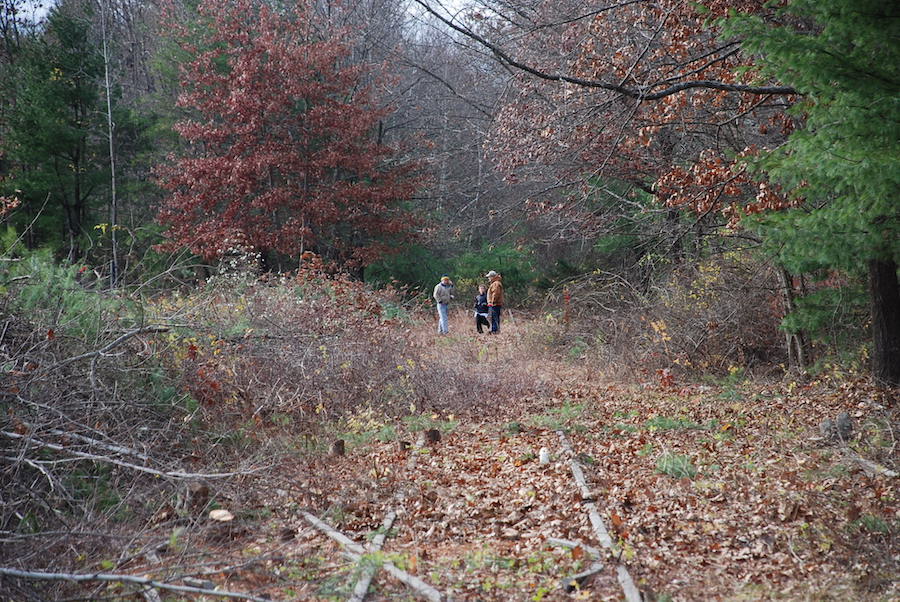
A decade ago, it was an experience along a portion of the Granite State Rail Trail that inspired Rimol to get involved with Londonderry Trailways.
“I had started having a lot of problems with my knees, so I went to an orthopedic doctor. He said I couldn’t run any more or play soccer, but recommended I try biking or swimming,” recalled Rimol. “I took my bike out, but the roads were terrible for riding a bike. They’re old New England roads with very little shoulders, so I went onto the Windham Rail Trail and thought, ‘Wow, this is fun! Why don’t we have this in Londonderry?’”
The project began with just a handful of volunteers from all walks of life. They started by creating a simple conceptual plan for trail development, breaking the project down into seven manageable phases, and then set to work cleaning up the disused railroad corridor.
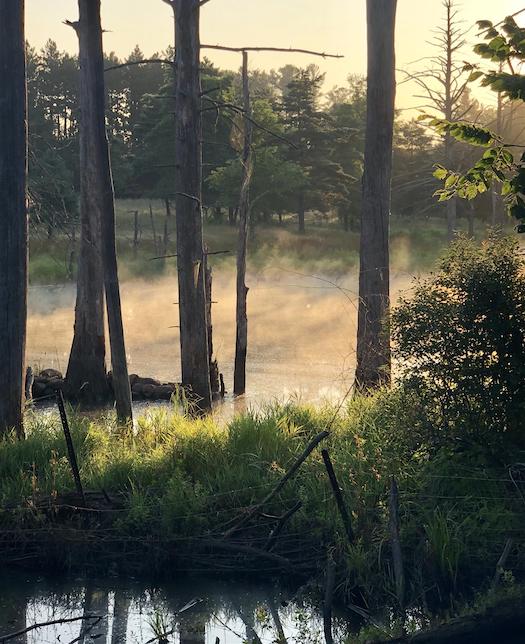
“We cut back brush and cut down trees, but the biggest thing was that the corridor was littered with trash,” said Rimol. “Every spring, we’d do a clean-up and the town would give us big dumpsters; we pulled over 400 tires out of there.”
In addition to putting miles on the ground, the group is also busy adding amenities to enhance the trail experience, such as historical interpretative signage, benches honoring fallen veterans and a trailside garden.
“We’re really into the details of the entire trail,” enthused Rimol. “The great thing about the rail-trail is that it’s not just pavement.”
It’s a feeling that Davis well understands. The Grind Rail Trail Café, which she runs, feels like home with comfy pillows piled high, rustic décor and large sunny windows facing Derry’s charming downtown. Just a short hop from Londonderry, her business is situated along the Derry Rail Trail, and she can’t wait until the two are connected. She volunteers with another local group, the Derry Rail Trail Alliance, helping to make that happen.
“I just think the trail itself is the heartbeat; it serves as a focal point to form a community around,” she said.
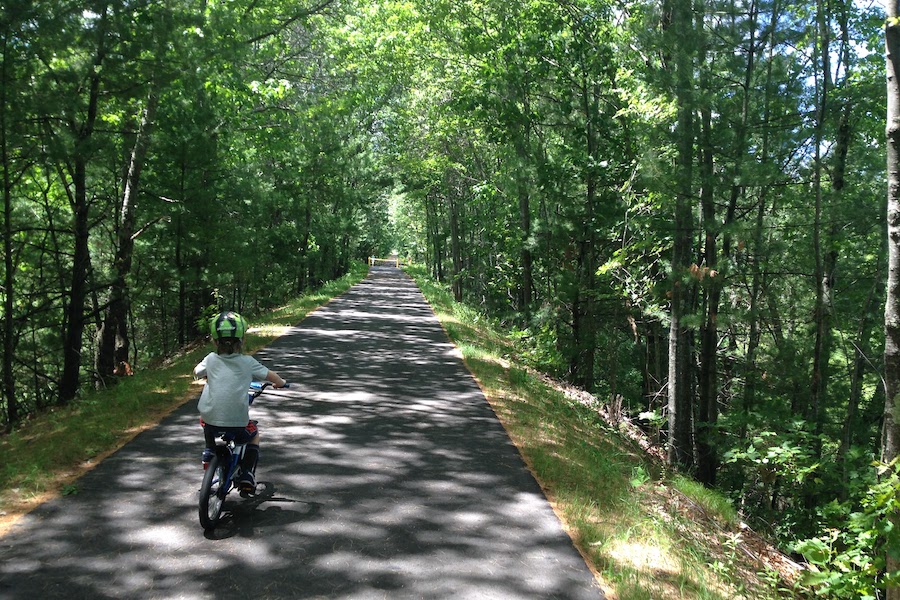
Jeff Latimer, the head of the Granite State Rail Trail organization, is quick to give credit to groups like the Londonderry Trailways and Derry Rail Trail Alliance for the success of the statewide effort. “We mainly serve as the marketing arm for the project,” he said. “The heavy lifting has been done by the local people. It’s their efforts that are building these trails that are now starting to connect together.”
Beyond the Granite State Rail Trail, something even bigger is now afoot: a burgeoning New England trail network uniting six states: Maine, Vermont, New Hampshire, Massachusetts, Connecticut and Rhode Island. The idea for this interconnected 1,100-mile trail system coalesced last year when Tom Sexton, Northeast regional director for Rails-to-Trails Conservancy (RTC), gathered together a group of local trail experts for a regional meeting on multiuse trail development and policy. The creation of a cohesive New England trail vision quickly percolated up and took hold. Smaller working groups held additional meetings to hammer out the details, defining the route and determining priority projects to continue its momentum.
Supporting Trails at All Levels

Nearly half the route for the proposed New England trail network is already complete, as the plan incorporates key existing trails like the Londonderry Rail Trail. While trails in New Hampshire are largely grassroots-driven, funding from the federal government is essential to making them happen. Not only are these trails invaluable for their local communities, their positive effects are compounded when coupled with other trails into these larger regional systems.
“When I was a state elected official, I saw a number of communities, including Londonderry, that were working so hard to pull together the financing to do 1-mile segments at a time of these rail-trail projects,” said Pappas. “There is tremendous statewide and regional opportunity to connect our active transportation projects, but, unfortunately, there isn’t a pot of money that matches up with that need. It’s really important that the dollars are there to support that type of investment. This is what people of all ages are looking for in their communities: they want to be able to use their bikes to be able to get to the market or get to work. They want to be able to walk and recreate. This is not only an economic issue, it’s a health issue, it’s a quality of life issue—and it can really allow our communities to move forward.”
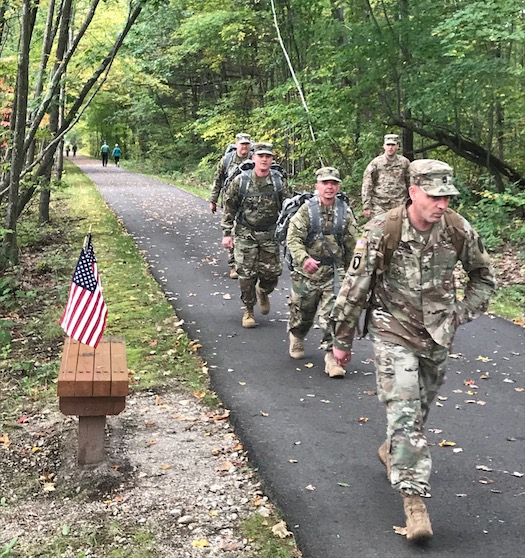
Pappas is a lead cosponsor of pending legislation—proposed by RTC—that will do just that. The Connecting America’s Active Transportation System Act (H.R.5696/S-3391) would provide $500 million a year for communities to create these vital active-transportation networks. Like the Granite State Rail Trail and the New England trail network, these longer trail corridors that span multiple communities and offer connections between states are emphasized in the bill; they can especially help bring investment to rural areas and small towns, allowing greater mobility on a regional and even national level.
“There is an important federal role to play here,” asserted Pappas. “In my own state, once this trail network is fully developed, you’ll be able to go from the Massachusetts border all the way to Canada on rail-trail. We are doing them in 1-mile segments at a time with lots of local support, but there aren’t enough bake sales that you can hold to be able to get this done in an efficient manner. We need to see all levels of government participate in bringing about this vision.”
It seems fitting that the Londonderry Rail Trail winds through the North Village, a place with whisperings of the town’s earliest beginnings. Londonderry began here nearly 300 years ago, and today, its emerging rail-trail is part of an incredibly bright future.
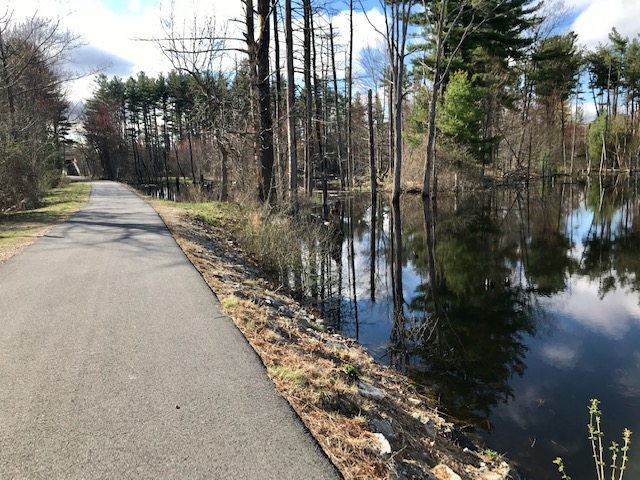
Related Links
Londonderry Trailways
Town of Londonderry
Granite State Rail Trail
Trail Facts
Name: Londonderry Rail Trail
Used railroad corridor: Manchester and Lawrence Railroad
Trail website: Londonderry Trailways
Length: 4.5 miles
County: Rockingham
Start point/end point: Harvey Road between Planeview Drive and Wester Road, to Rockingham Road (Route 28) and Seasons Lane (Londonderry)
Surface type: Asphalt
Grade: The pathway has the typical flat grade of a rail-trail.
Uses: Walking, bicycling, inline skating and cross-country skiing; wheelchair accessible
Difficulty: With a paved and level surface, this trail experience suits all ages and abilities.
Getting there: The north end of the trail ends at Harvey Road, which runs along the outskirts of the Manchester-Boston Regional Airport (1 Airport Road, Manchester).
Access and parking: There are two trailside parking lots available, both along the trail’s northern end. The first is a parking lot located on the south side of Sanborn Road, just east of Rockingham Road; it sits across from North Londonderry Elementary School. The second option is the North Londonderry Park & Ride (4 Symmes Drive), just west of I-93; you’ll see the trail toward the rear of the lot. Be sure to pay attention to the signs, as some spaces have time limits or are dedicated for bus and/or commuter use only.
To navigate the area with an interactive GIS map, and to see more photos, user reviews and ratings, plus loads of other trip-planning information, visit TrailLink.com, RTC’s free trail-finder website.
Rentals: Although bike rentals aren’t available in town, travelers can head about 15 miles south of the Londonderry Rail Trail to Goodale’s Bike Shop (14B Broad St., Nashua; 603.882.2111), which offers mountain, road and hybrid bikes for rent.

Donate
Everyone deserves access to safe ways to walk, bike, and be active outdoors.
